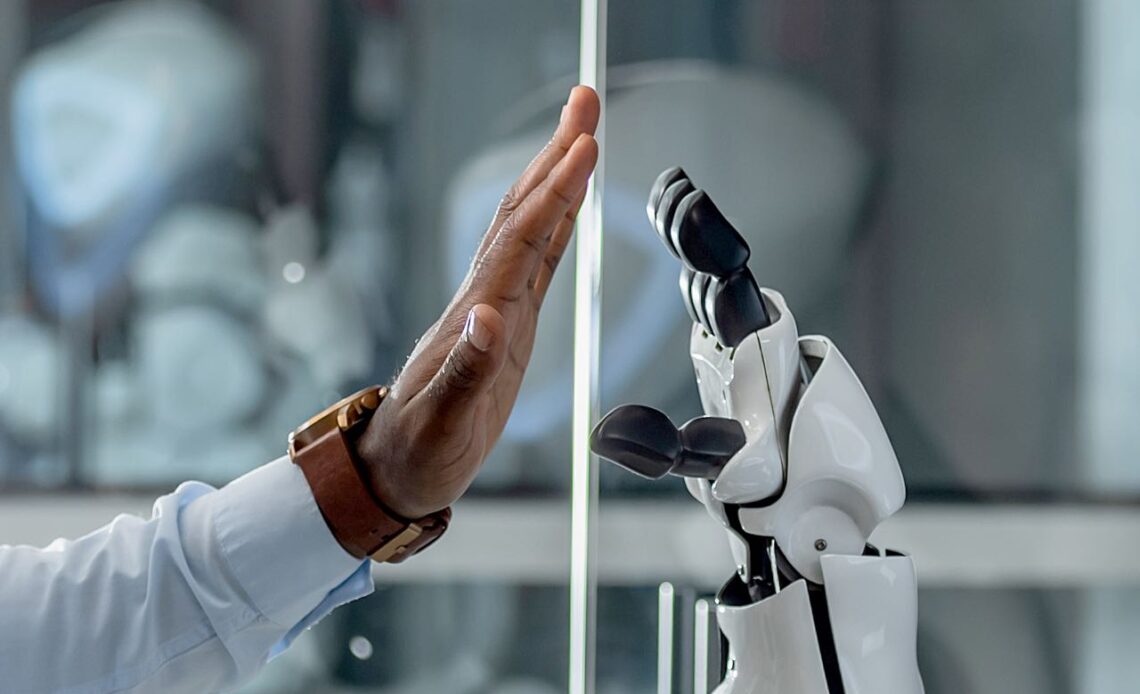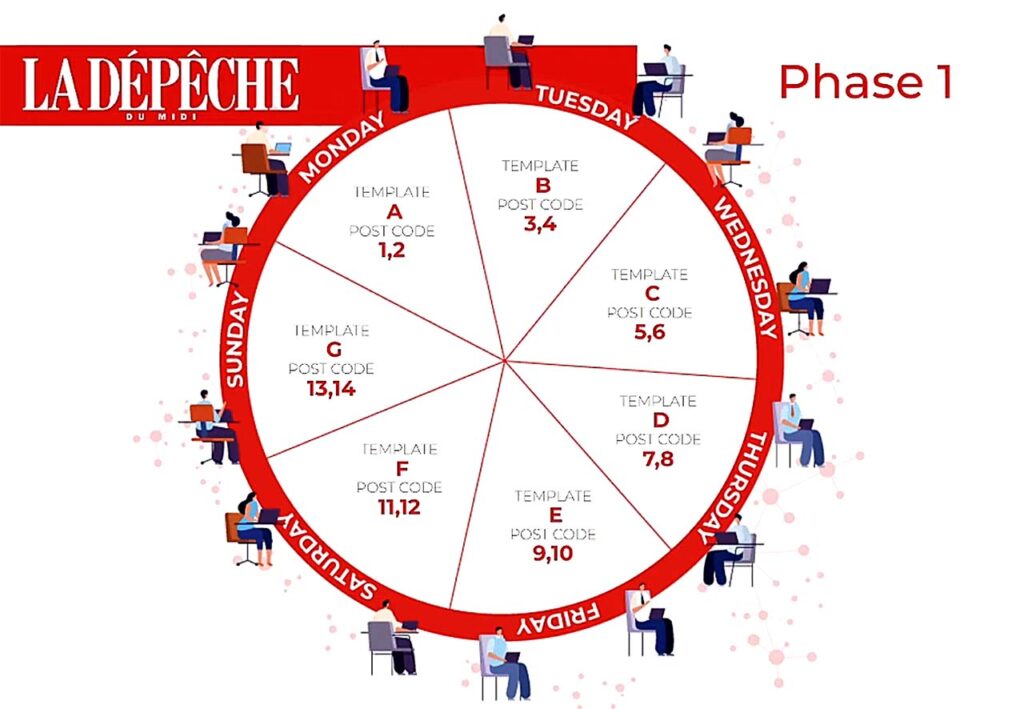
Above: Photo by HayDmitriy/DepositPhotos.
BitDepth#1357 for June 06, 2022
Here’s a tidbit that reaches back into the pre-Cambrian era of desktop publishing.
One of the interesting aspects of my early engagement with desktop computing is that I did not begin by using a word processor or even Photoshop on a personal computer.
The first software I ever double-clicked on was called Quark Xpress, the early champion of 1990s professional desktop publishing.
On the early Macintosh computers running the island’s first pagination department over at the media house formerly known as Trinidad Publishing back in 1989, Quark ran at a snail’s pace.
It simply wasn’t possible to place a high resolution image on those underpowered computers. So an elaborate system of low-resolution token images was created, replacing the images on the one or two (more) powerful systems before being sent to the image processor to be turned into film negatives.
So those early paginators became very skilled at running Quark from the keyboard.
In one notable instance, I watched one paginator build a page entirely from the keyboard and then walk away as the CPU struggled to catch up with his commands, the page slowly taking shape on the screen after he walked off to chat with someone.
It’s taken a long time for something like that to show up again, but I immediately remembered that afternoon when I watched a video of ProtecMedia’s AIDA build a print layout based on content from a webpage.
AIDA (Artificial Intelligence Design Assistance) is one of the journalism automation products offered by ProtecMedia and it’s been deployed by Group La Depeche of France as part of its plan to move its publications to web first delivery.
Group La Depeche produces 13 editions of forty pages each weekly, of which six are dailies, while also delivering its reporting on six websites and six apps.
The print editions reach 16.8 million readers and 15 million of them read the reporting online. It is, collectively, the seventh largest news website in France with 150 million visits per month.
It also services an “area of influence” that is just a sixth of France, an octagonal block in the south of the country.
The publications emphasise the hyper-local reporting delivered by 700 correspondents with a collective output of 1,200 articles each day.
The average audience age is 65.
“They have time and money,” said Michael Bourguinon, the group’s Director of Revenue with a wry grin during a webinar discussion of the project in April.
Bourguinon notes that there have been challenges in the digital transformation of the newspapers. The company’s sales and subscriptions teams are still focused on the print editions, but increasing digital subscribers and advertising remain a key mission.
“The only fuel to drive this goal is content,” he said.
La Depeche is currently preparing to enter the second phase of its print automation project, which will shift emphasis on story production to web first publication.
In the first phase, correspondents created online reporting according to a daily cycle, writing to templates established for print production.
Each online story is categorised with a post code which corresponds with a layout placement slot.

The media house has achieved a 30 per cent reduction in production time and effort by assigning 100 out of an average of 520 pages produced per day to be produced through AIDA automation.
There are three levels of automation available.
La Depeche has been working at the first level. Web stories published are dragged into preset layouts for the print edition with formatting handled by AIDA.
At the second tier, AIDA creates its own layouts based on parameters and tagging created beforehand.
AIDAs highest level can work from a list of URLS and build a whole newspaper to preset templates.
“Print automation gives the editorial team more time for reporting, more time to decide what they want to do with it and how,” said Maria Arenas Figueira, Chief Marketing Officer for ProtecMedia.
While journalists at La Depeche found it easy to work with Aida, Arenas warned that media houses must be clear about exactly what they want to achieve with automation.
“I don’t think anyone will turn over the front or back cover of a publication to automation,” she said.
“There are too many decisions that have to be made there.”
AIDA works with most content management systems, though ProtecMedia has its own CMS solution.
It took 30 years for that startling vision of a print document building itself to become an AI driven reality, but it won’t take another thirty for the technology to become more affordable and commonplace.
Media houses would do well to start rethinking the relationship between their websites, apps and traditional print and broadcast products in a world that is clearly set on removing the barriers that have traditionally separated them.


